In our rapidly advancing technological era, the concept of a connected home has become more than just a trend; it’s a lifestyle revolution. At the forefront of this revolution is the evolution of lighting—no longer confined to the simple flip of a switch, but transformed into an intelligent, adaptive system that caters to the needs and preferences of its users. Let’s delve into the world of smart lighting and explore the myriad ways it is illuminating the path to a more connected future.
1. Introduction
The term “Connected Home” refers to a residence equipped with smart devices that can be controlled remotely. At the heart of this ecosystem lies the concept of smart lighting—a technological leap from traditional illumination methods. Smart lighting not only brightens up our living spaces but also adds a layer of efficiency, personalization, and security.
2. Evolution of Smart Lighting
Smart lighting has come a long way from the incandescent bulbs of yesteryears. Initially, it was a luxury for tech enthusiasts, but with advancements in technology and a surge in the Internet of Things (IoT), it has become an integral part of modern homes. The integration of smart lighting with home automation systems allows users to manage their lighting settings with the tap of a screen or a simple voice command.
3. Key Components of Smart Lighting
To understand the full scope of smart lighting, it’s essential to grasp its key components. Smart bulbs, equipped with LED technology, are the building blocks, while smart switches and dimmers enable users to control lighting intensity. Lighting control systems act as the brain, orchestrating the symphony of illumination throughout the connected home.
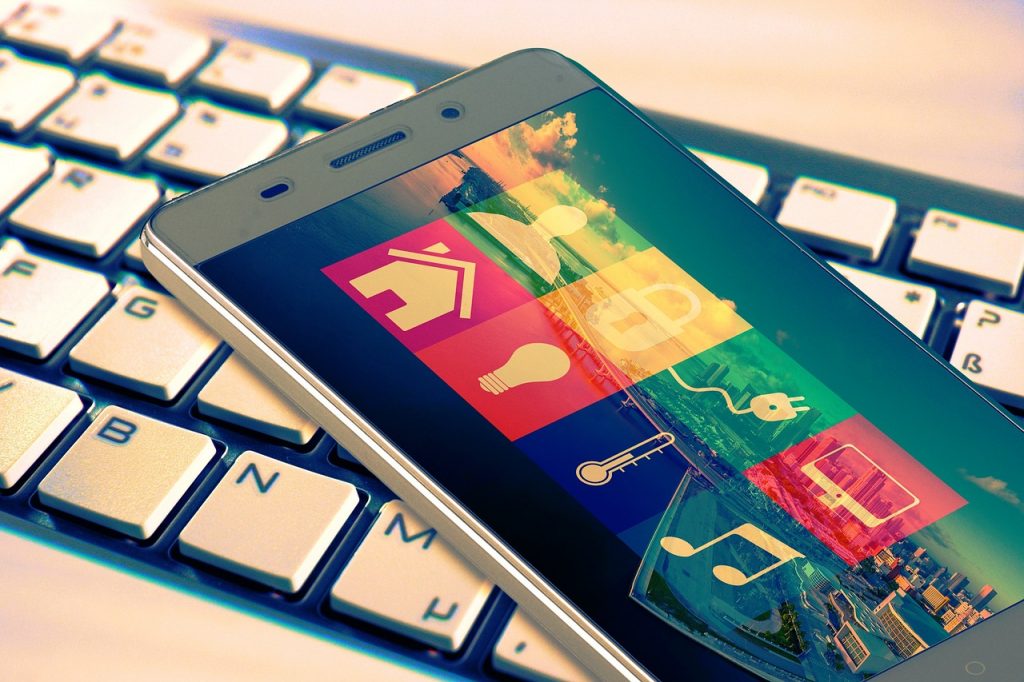
4. Benefits of Smart Lighting
The advantages of adopting smart lighting are multifaceted. Beyond the obvious energy efficiency, users revel in the ability to customize and personalize their lighting environment. Furthermore, smart lighting contributes to enhanced security by allowing users to simulate occupancy when away.
5. Integration with Other Smart Home Devices
The true power of a connected home lies in the seamless integration of various smart devices. Smart lighting works in harmony with devices like smart thermostats and voice-activated assistants, creating an ecosystem that responds intelligently to the needs of its inhabitants.
6. Challenges and Solutions
However, the path to a fully connected home is not without challenges. Compatibility issues, cybersecurity concerns, and the need for user education pose hurdles. Addressing these challenges is crucial for the widespread adoption of smart lighting.
7. Latest Technological Advancements
The landscape of smart lighting is ever-evolving. Li-Fi technology, using light to transmit data, is on the horizon, promising faster and more secure connectivity. Gesture control, akin to something out of a sci-fi movie, is also making strides, allowing users to interact with their lighting environment through simple hand movements.
8. Real-Life Applications
The applications of smart lighting are diverse. In residential spaces, it transforms the ambiance based on mood or time of day. In commercial and industrial settings, it enhances productivity by providing optimal lighting conditions tailored to specific tasks.
9. Case Studies
Real-world examples showcase the success of smart lighting implementations. Users share their experiences, emphasizing the positive impact on energy bills, convenience, and overall quality of life.
10. Future Trends in Smart Lighting
Looking ahead, sustainability is a focal point. Smart lighting will not only be energy-efficient but also eco-friendly. The integration of artificial intelligence will bring a new level of intelligence, with systems learning and adapting to user preferences over time.

11. Choosing the Right Smart Lighting System
For consumers, navigating the plethora of options can be overwhelming. A comprehensive market overview and considerations guide users in selecting a smart lighting system that aligns with their needs and preferences.
12. Installation and Maintenance Tips
While DIY installation is possible, it’s essential to follow guidelines to ensure a seamless setup. Troubleshooting common issues empowers users to make the most of their smart lighting system.
13. Cost Considerations
The initial investment in smart lighting may seem steep, but the long-term savings in energy costs and the durability of LED bulbs make it a financially sound decision.
14. Environmental Impact of Smart Lighting
Beyond personal benefits, smart lighting contributes to environmental conservation. The reduction in carbon footprint and improved e-waste management showcase its positive impact on the planet.
15. Conclusion
As we illuminate our homes with the brilliance of smart lighting, we pave the way for a future where technology seamlessly integrates into our lives. The journey from the flicker of incandescent bulbs to the intelligent glow of LEDs signifies not just progress but a commitment to a connected, efficient, and sustainable way of living.
FAQs (Frequently Asked Questions)
- Are smart bulbs compatible with all lighting fixtures?
- Smart bulbs come in various shapes and sizes to fit most fixtures. However, it’s essential to check compatibility before purchase.
- How secure are smart lighting systems from cyber threats?
- Manufacturers employ robust security measures, but users should update firmware regularly and use secure networks for added protection.
- Can smart lighting systems be integrated with solar power sources?
- Yes, many smart lighting systems can be configured to work with solar power, promoting eco-friendly energy usage.
- What is Li-Fi, and how does it differ from Wi-Fi?
- Li-Fi uses light to transmit data, offering faster and more secure connectivity compared to traditional Wi-Fi, which uses radio waves.
- Do smart lighting systems really contribute to energy savings?
- Yes, smart lighting systems, especially those using LED technology, are significantly more energy-efficient than traditional lighting, leading to substantial long-term savings.

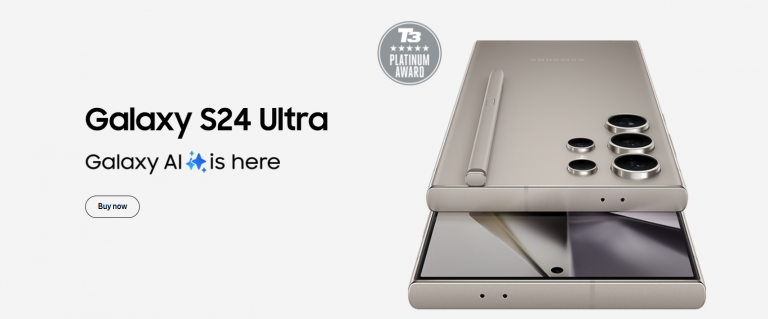

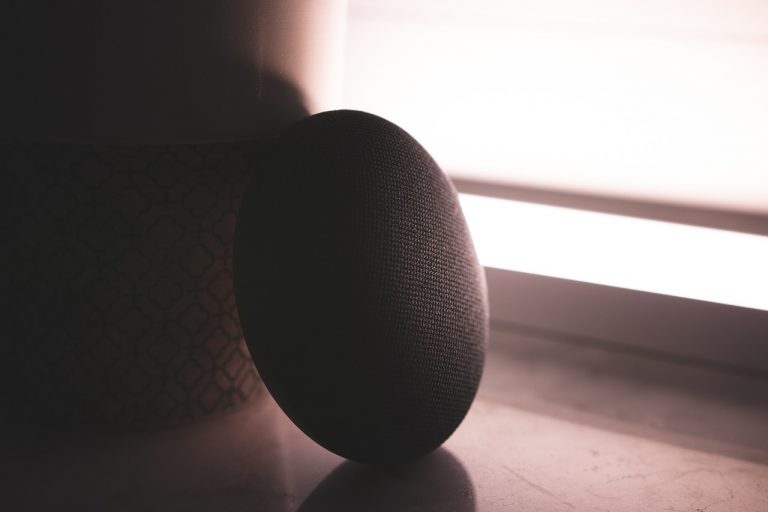


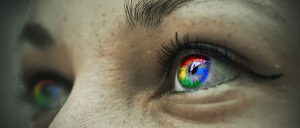


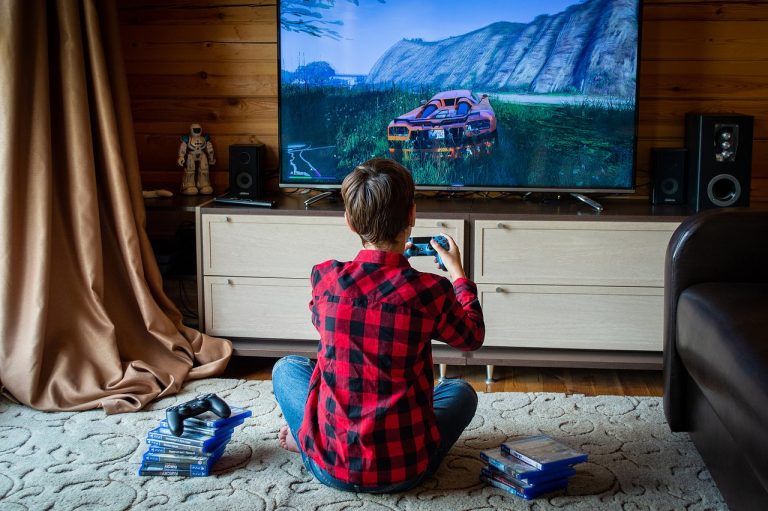


+ There are no comments
Add yours